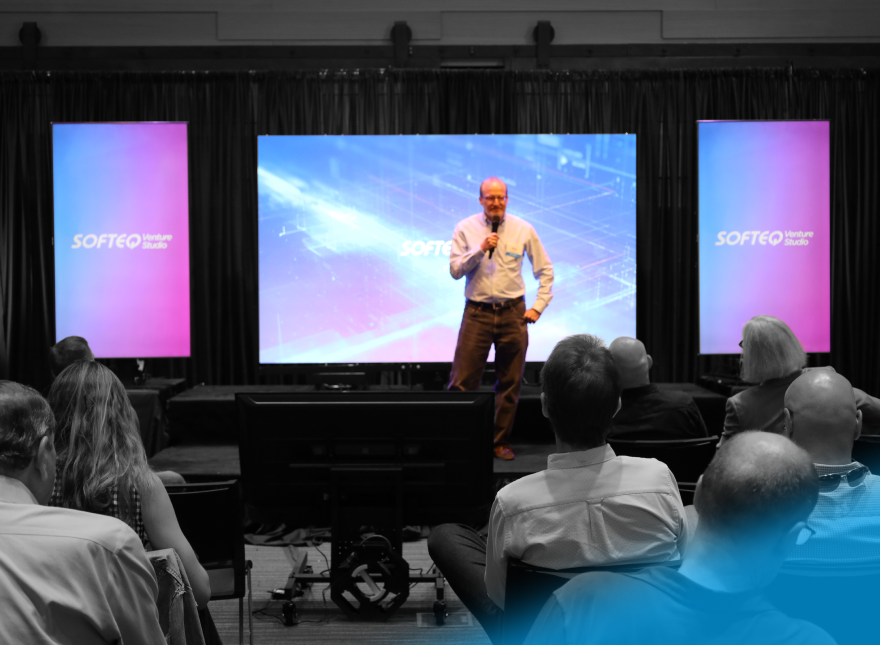Common Shares vs. Preferred Shares: Key Differences Each Startup Should Know

So, you’re embarking on your startup journey. You may be going solo, or, most likely, you have other co-founders by your side. At this stage, you have complete control over your startup. But, sooner or later, you’ll need help from others, depending on whether it’s funding or expertise that you lack. You’ll start seeking out advisors, employees, and investors to join your venture. But how can you compensate them when you have no extra money? All you have to offer is your startup. That’s why you issue shares.
Table of Contents
Not all shares are created equal, though. There are two main types of shares: common and preferred. They offer different rights in terms of participation in strategic planning, dividends, and so on. It’s important to learn about them when your company is just starting out so that you understand how much control or profit you’re sharing with others.
Let’s explore the main difference between common and preferred shares and how startups use them.
You set up a startup with common stock
Startups typically issue shares soon after their creation, but why? Because shares address two main problems. First, they help you establish and share control over your company. Second, they can be a great motivational tool for the people you’re working with.
That’s why you issue common shares to yourself, co-founders, and employees. Common stock helps claim ownership in the startup and allows you to share in its future profits.
Common stock gives its holders the following rights:
- Voting rights. Common shares come with a long list of rights, but the voting right is what makes them stand out. Through the voting right, shareholders can vote on corporate matters, including structural changes, the issuance of new shares, and mergers and acquisitions.
The more shares you own, the greater your voting power is. At this stage, founders typically reserve up to 10% of shares for key workers while retaining the rest for themselves.
- Potential dividends. Another right typically associated with common shares is the right to receive a portion of profits through dividends. However, companies usually generate little to no profit in the early stages. As a result, shareholders may not receive any dividends at the beginning. Despite this, it’s common to use shares to motivate your employees with the promise of future profits.
You may come across the term “founder stock” in reference to a startup’s initial shares. However, this is not technically accurate. These shares are still common stock issued to the founders during a startup’s initial setup.
You exchange preferred stock for funding
After a while, you start seeking investment and find an investor or two. In return for the funding, you normally have to give investors shares.
You don’t typically share your existing common stock with the investor. Instead, you issue new shares. This is because investors often want different rights to founders and employees. They don’t typically seek voting rights associated with common stock. Their primary concern is to make some profit, or at least get their money back. That’s why they want financial guarantees.
Here, you issue preferred shares and offer them to investors. This way, you provide them with financial guarantees.
Preferred stock is a type of stock that puts its holder first in line for dividends. To achieve this, it provides investors with the following financial guarantees:
- Guaranteed revenues. This clause applies when everything goes well. When your startup makes money, preferred stockholders are the first to get their profits.
- Liquidation preference. This clause protects stockholders if the startup goes out of business or is sold cheaper than expected. Like in the previous example, investors with preferred stock get their money first. The others share the remaining funds.
Here’s a longer list of rights usually associated with preferred stock.
You go public with an IPO with common stock (similar, not the same)
Dreams can come true! Let’s imagine you’ve built a wildly successful startup. You have raised several rounds of investments, developed a product worth millions, and attracted a large customer base. Now, you decide to raise funds through an initial public offering (IPO). This allows you to reach a wider audience of potential investors.
In this case, you issue common shares and offer them to the public to raise capital.
Common shares issued at this stage are similar to those you issued at the start of your business. They provide the same rights:
- Voting rights. Shareholders have voting power to influence the direction of the company.
- Regular dividends. Common shares offer dividends to their holders. Your company distributes them among all the people who hold common shares.
Why did we say similar and not same? Because, when a company goes public, it often adopts a multi-class structure for its common shares. Such a structure implies different classes of shares. Each class carries different voting powers and sometimes grants varying rights to dividends.
Public companies use them for a reason. By the time they go to an IPO, companies have gone through several rounds of investment and hold an average of 20% ownership. The remaining 80% of shares are divided between counselors, employees, and investors.
But founders want to maintain control over their company even with a smaller percentage of shares. To achieve this, founders adopt multi-class voting structures. In this case, different classes of common shares offer different voting powers and portions of dividends. For instance, one share belonging to the founder might equal 20 votes. At the same time, a share from another class might equal just one vote.
So, even if shares belong to the same type and provide the same rights, their power may be different because of different classes. This makes them similar but not the same.
Bottom Line
As you can see, there are only two main types of shares. If you don’t have a clear understanding of how they work and why they are structured this way, you may end up giving away too much control or profit to others. Make sure you understand how different types of shares work and which pitfalls you should avoid. This will help you structure your startup’s ownership in a more advantageous way.
This is exactly the type of advice we share with founders through the Softeq Venture Studio accelerator program. The Venture Studio team helps de-risk your startup from both a founder’s perspective and the investors in the Softeq Venture Fund.

More articles on the topic




